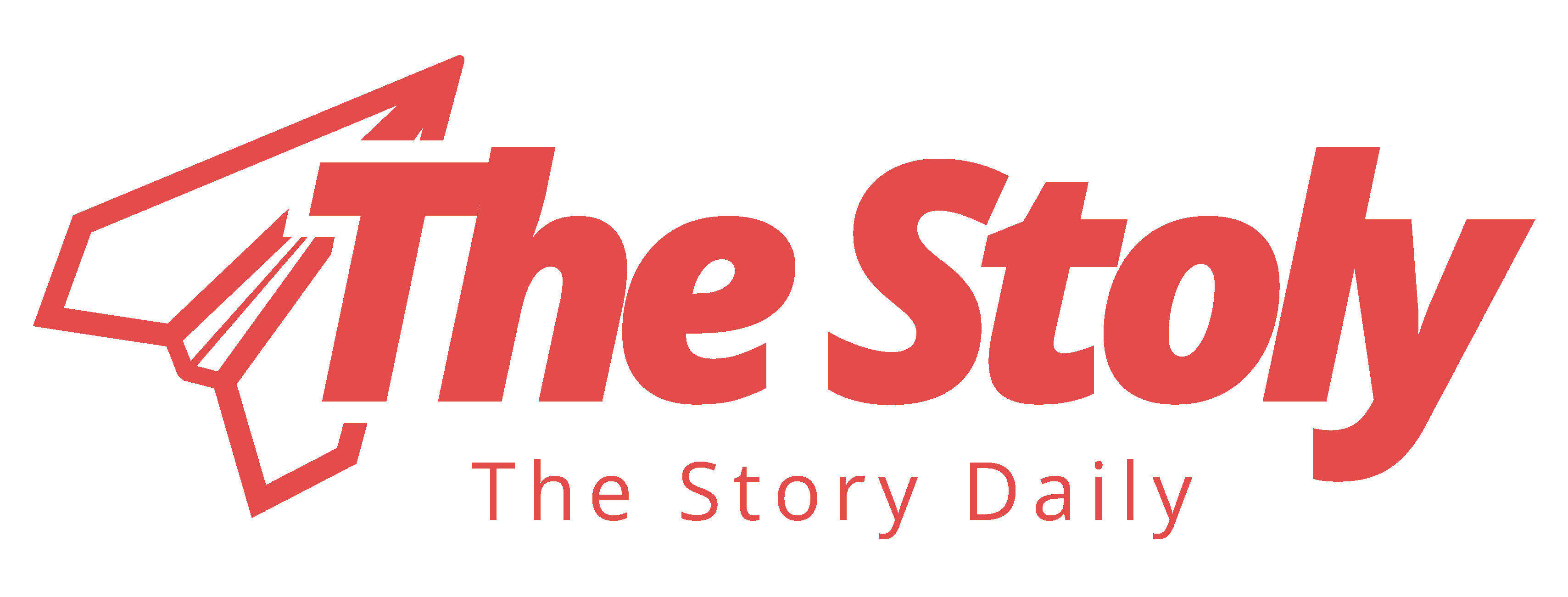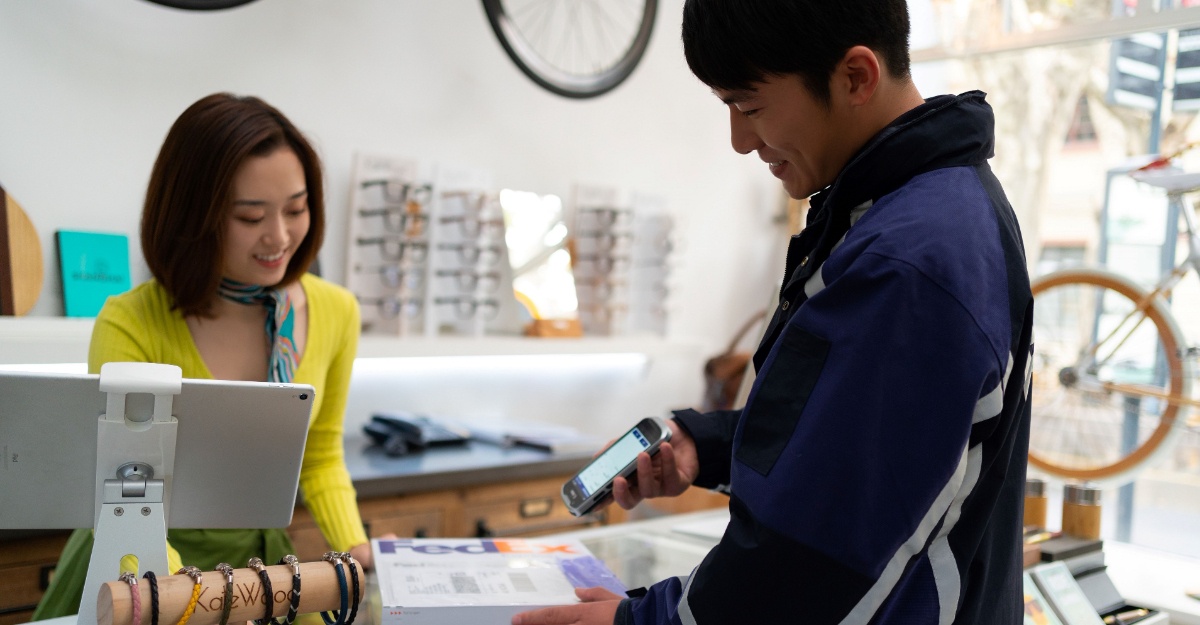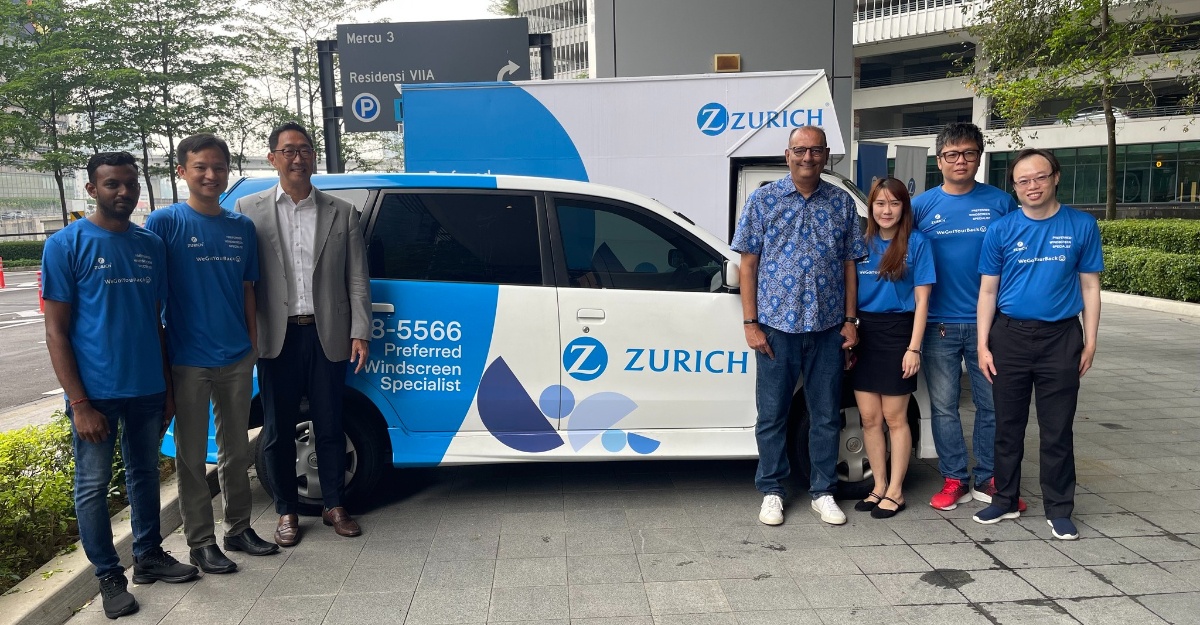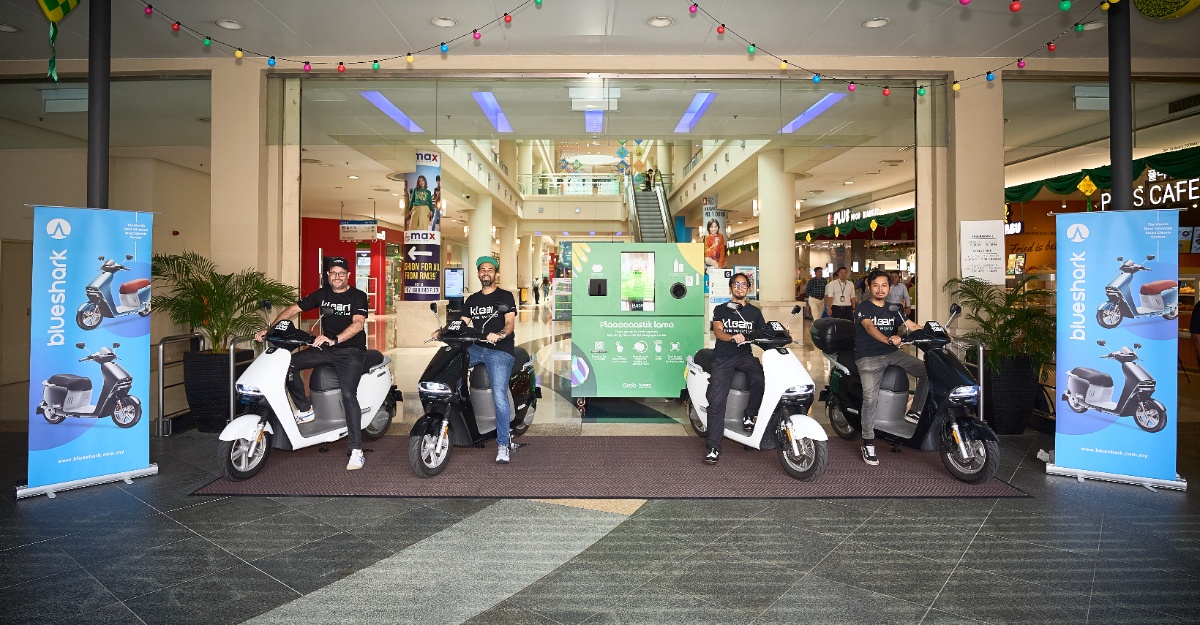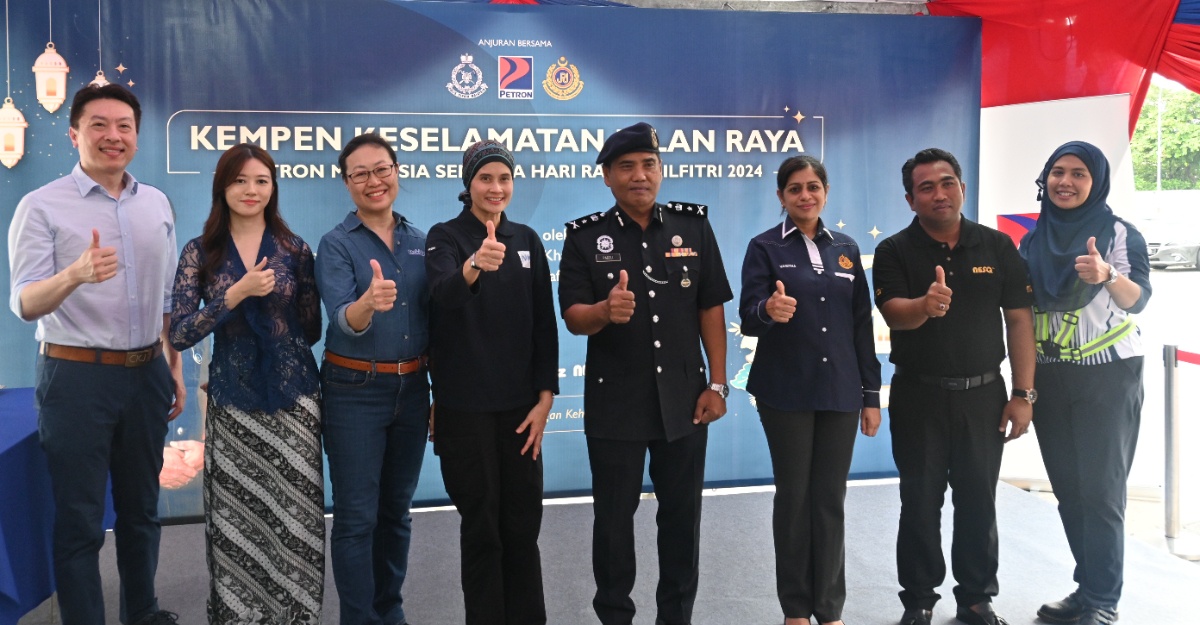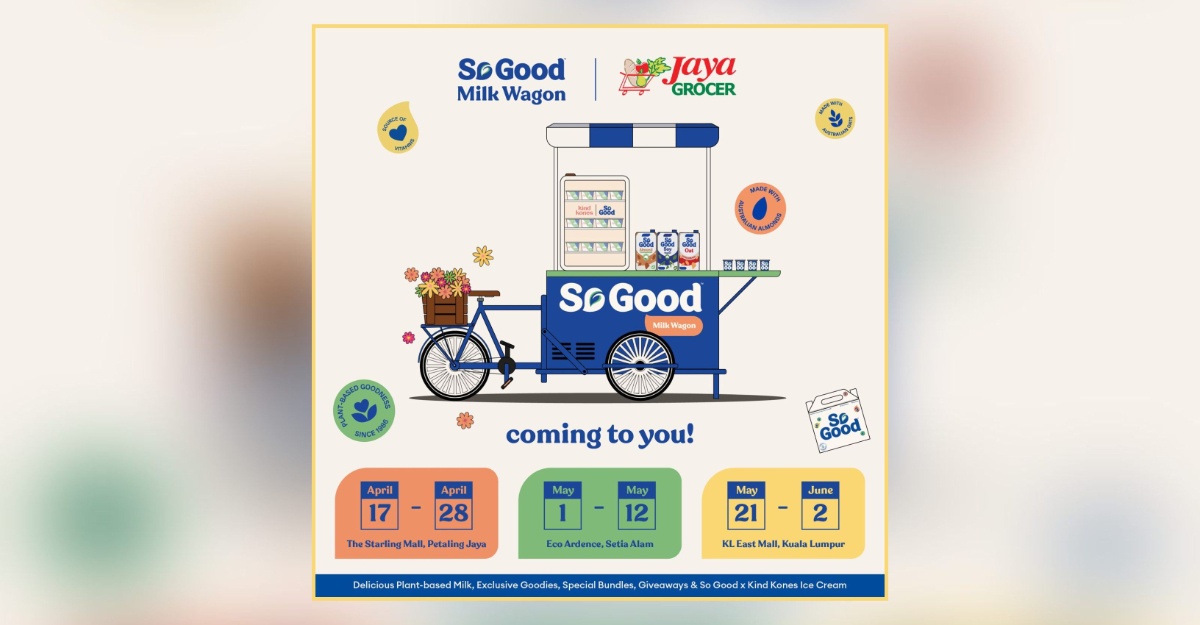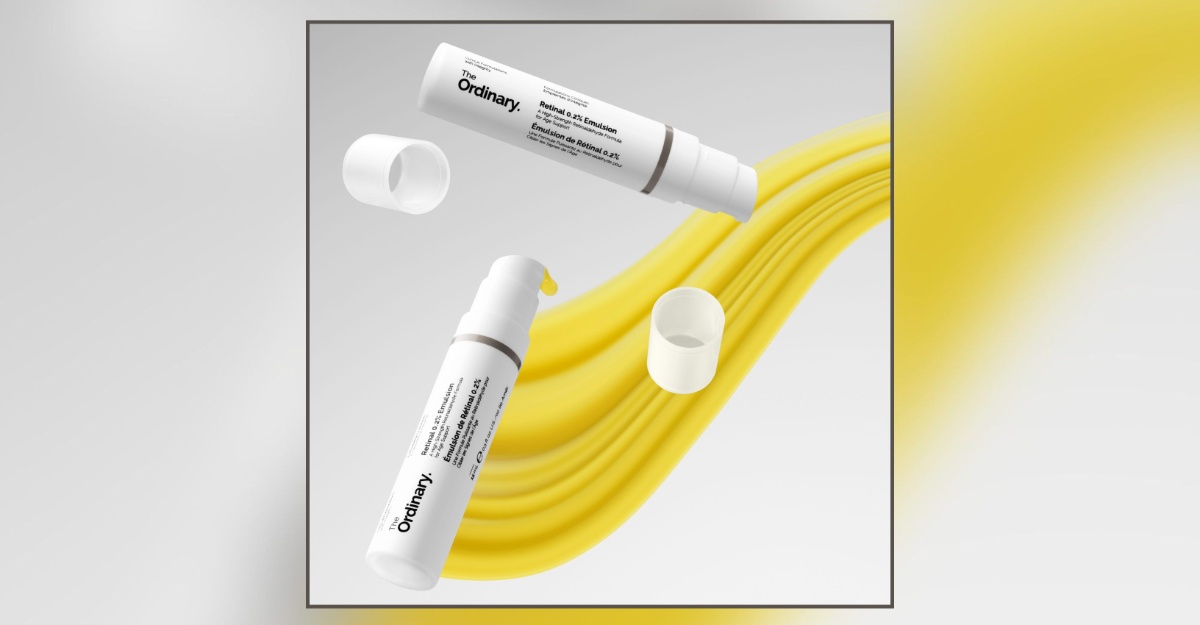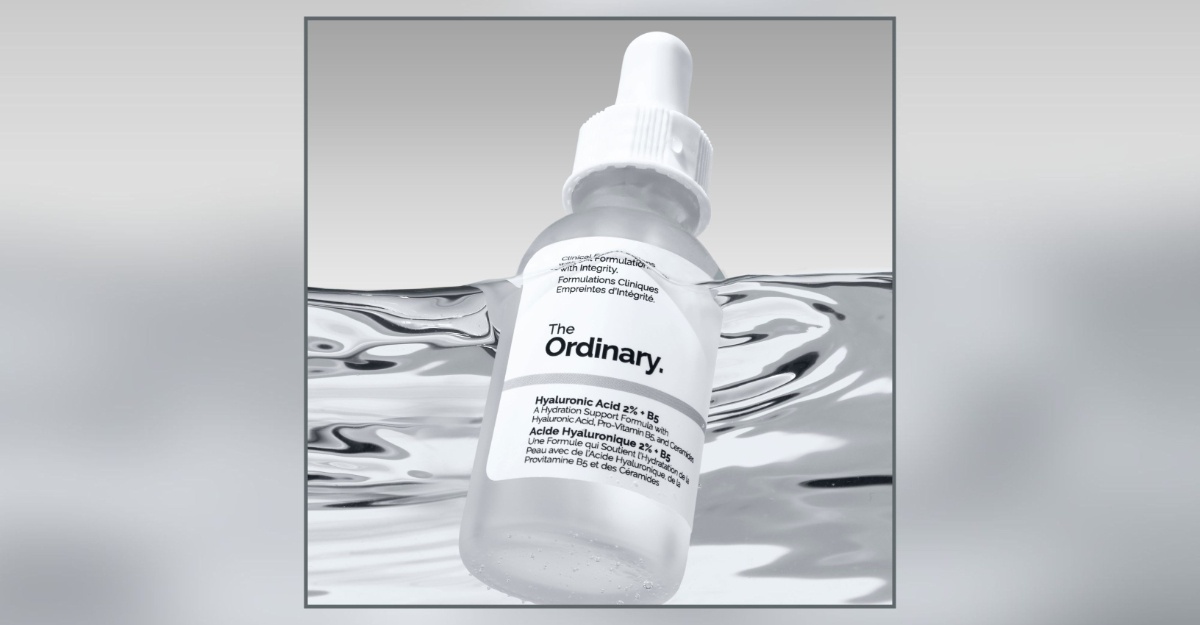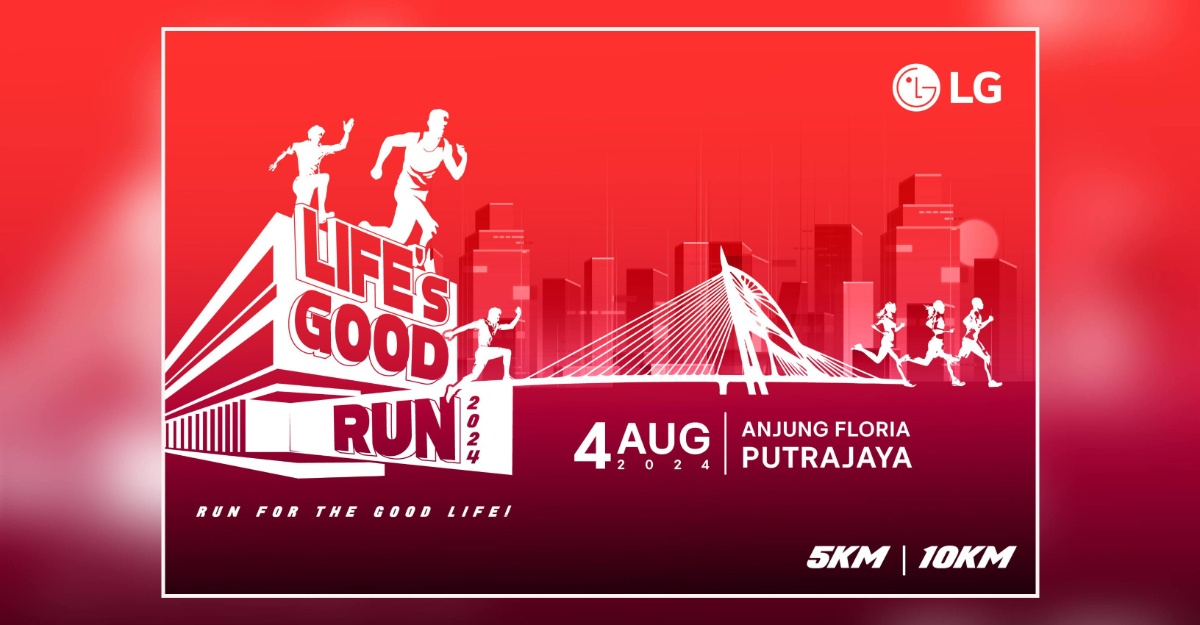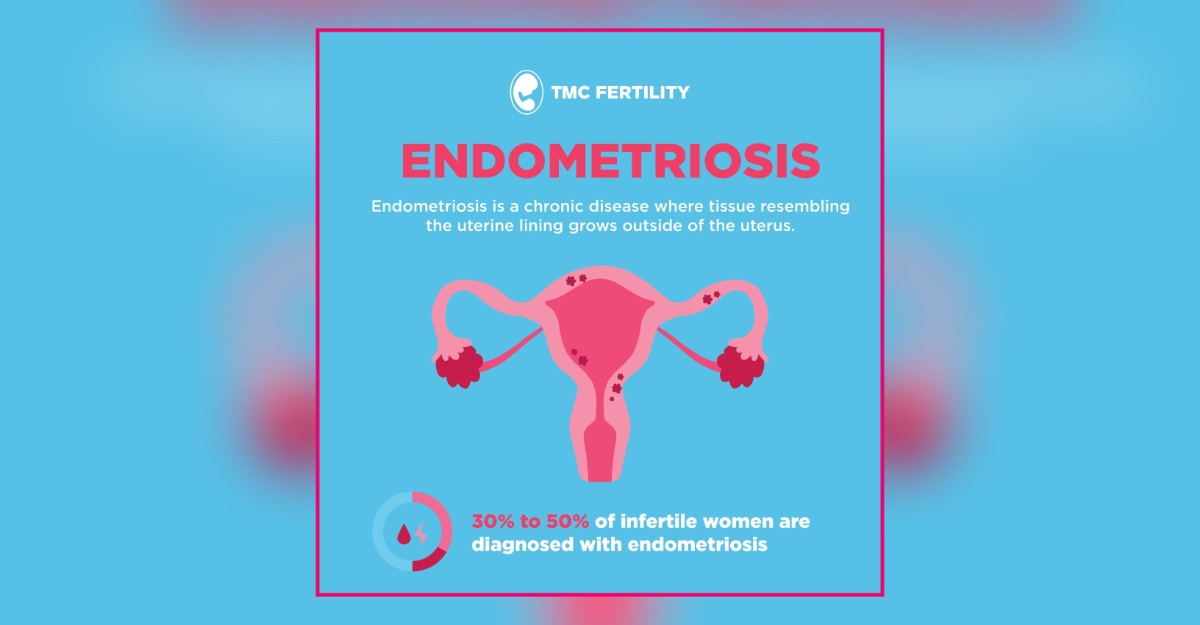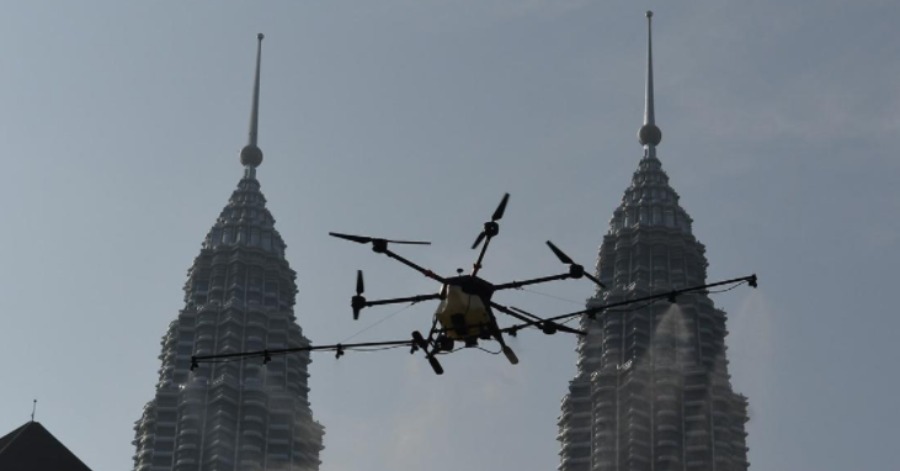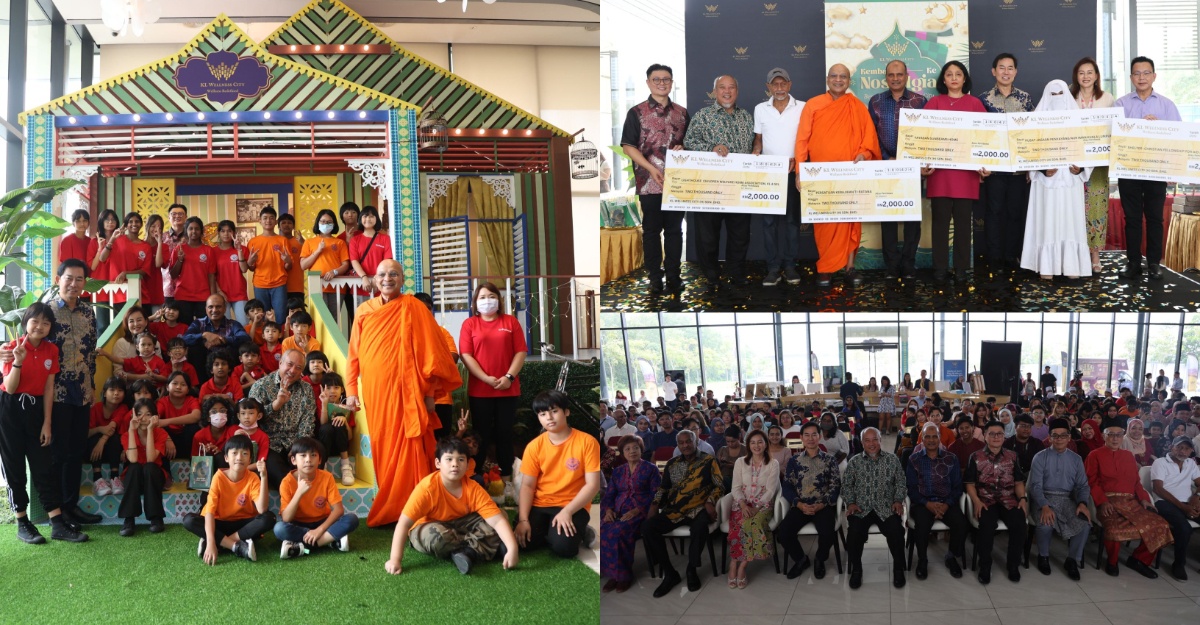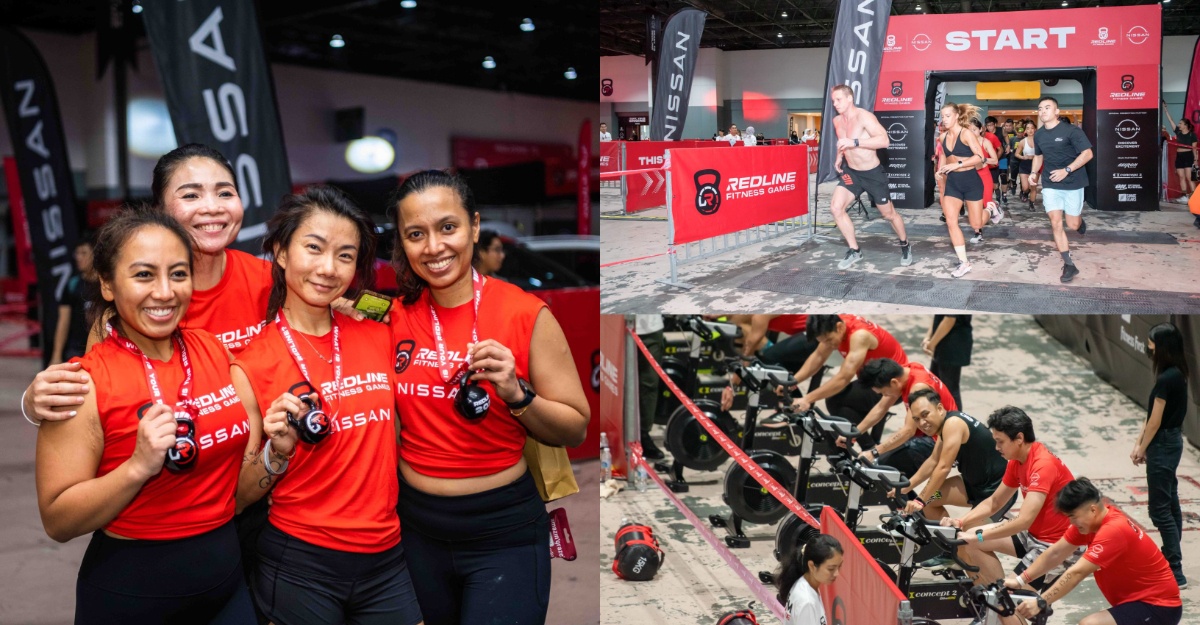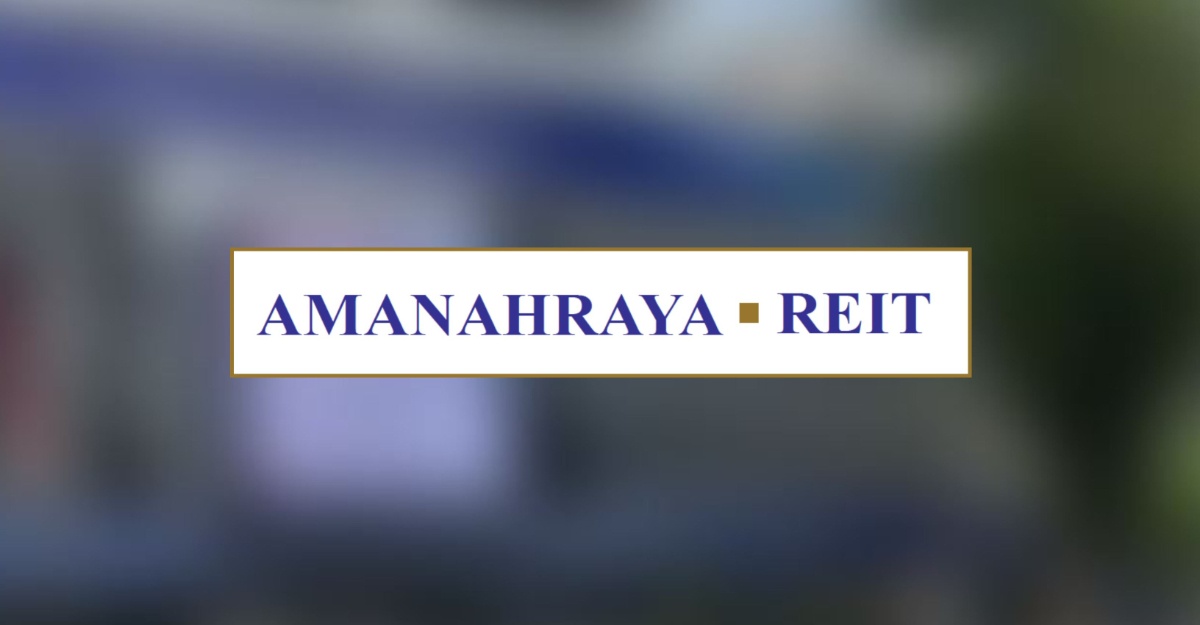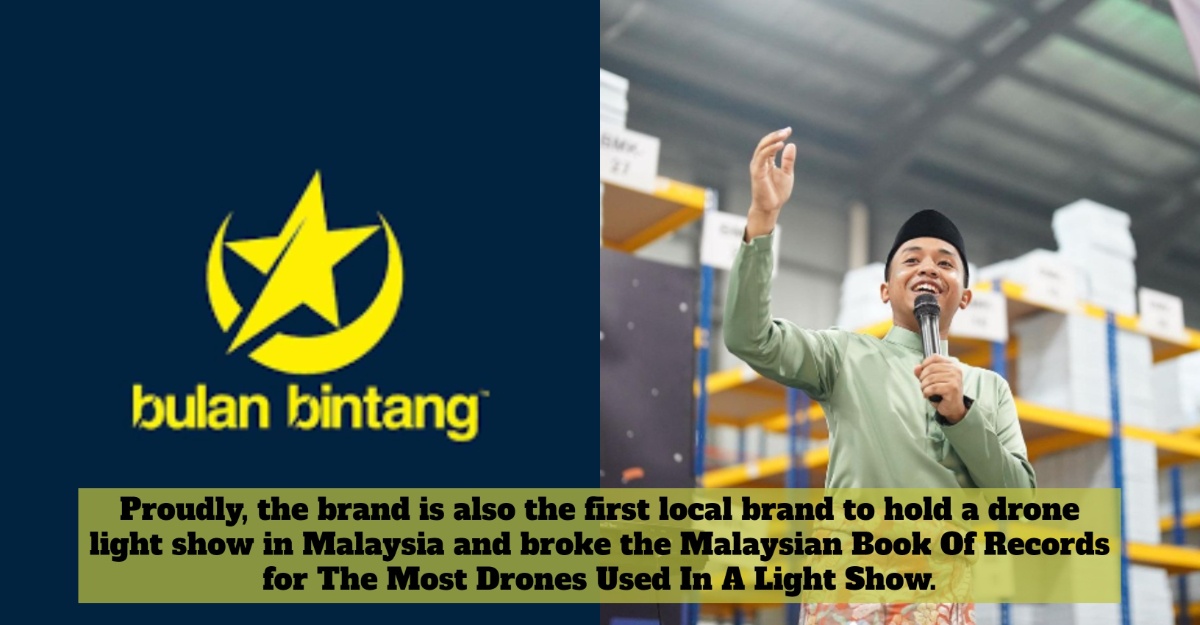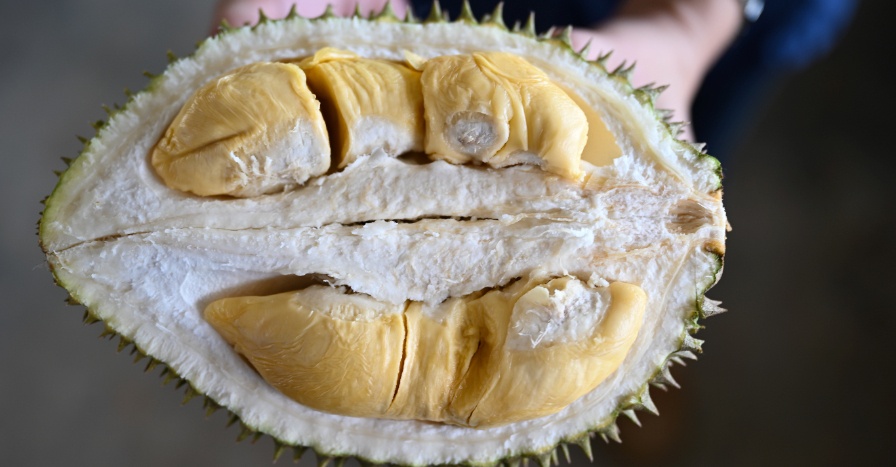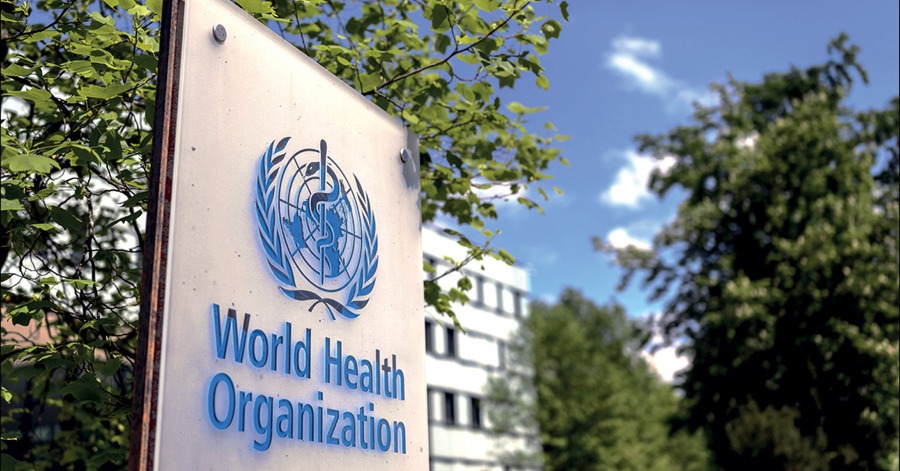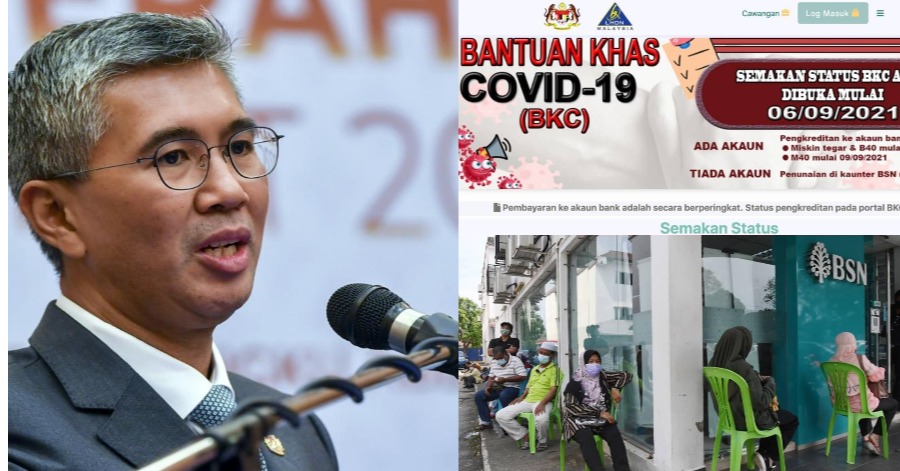The COVID-19 pandemic, causing infections and deaths from the SARS-COV-2 virus and its variants including Delta and presently Omicron, continues to create health, social, industry and economic crises.
Apart from the Standard Operating Procedures (SOPs) espoused by the World Health Organisation (WHO), including vaccination, washing hands with sanitisers and soap plus keeping a physical distance of between one and two metre, several countries have introduced innovation to manage the pandemic, including technological innovation – the use of unmanned aerial vehicles aka drones.
Drones can be used in various ways to manage the pandemic. These include delivering essentials including medical and food supplies, maintaining security, undertaking surveillance and inspection including crowd monitoring to ensure compliance in wearing mask and physical distancing, broadcasting, surveying, mapping, spraying or dispensing and sanitisation.
Delivering COVID-19 vaccines
i) Delivering COVID-19 vaccines in Ghana, Africa
Brookings, an American research group, in its paper titled Assessing the Impact of Drones in the Global COVID Response, reported that Zipline, one of the world’s largest and best known drone delivery companies, had been trialling its drone delivery systems for light-weight medical supplies in Rwanda and Ghana for years by the time the pandemic hit, working closely with policymakers more willing to accommodate delivery drones in their airspace than authorities in the United States, European Union countries, and other, larger nations.
Zipline’s largely autonomous drones can carry a payload of up to 3.9 pounds (1.76 kg) almost 50 miles (80 km). Since 2019, the company has been working to build Ghana’s drone delivery infrastructure in concert with Pfizer, Ghana’s Health Ministry, UPS, and other partners. These efforts laid the groundwork for a system that could easily be expanded when the pandemic began. In a June 2021 interview, Zipline CEO Keller Rinaudo said the company had delivered at least 2.6 million COVID-19 vaccine doses (primarily of the Aztra-Zeneca vaccine which does not require temperatures as cool as those needed for the MRNA vaccines) in Ghana.
ii) Delivering COVID-19 vaccines in the United States
biopharma-reporter.com reported in 31 August 2021 that the first vaccine drone delivery programme system in the United States was launched by the North Carolina-based health system Atrium Health Wake Forest Baptist. Operated by UPS and its subsidiary UPS Flight Forward, the Matternet M2 drones, outfitted with a special cargo box that contains Cold Chain Technologies’ customised PCM Gel Solution, a temperature sensitive packaging mixture that maintains the COVID vaccines at 2-8 degrees Celsius and a temperature monitoring device that monitors the vaccine temperature while in transit, are delivering vaccines from Atrium Health Wake Forest Baptist Medical Centre in Winston-Salem to one of the health system’s family medicine practices located at Piedmont Plaza, about a one-mile (1.6 km) drive by car.
biopharma-reporter.com dovetailed that this programme is the second COVID-19 vaccine drone delivery operation globally following the drone deliveries in Ghana.
iii) Delivering COVID-19 vaccines in India
WHO had highlighted that India is using indigenously developed drones to deliver COVID-19 vaccines to access-compromised areas and strengthen the vaccine delivery system.
The ICMR-led pilot project is being rolled out in Manipur, Nagaland and the Andaman and Nicobar Islands. The inaugural flight of the Indian Council of Medical Research Drone Response and Outreach in North East (i-Drone) delivered 900 doses of COVID-19 vaccine from the Old DC Complex in Bishnupur district in Manipur to the Karang Primary Health Centre (PHC), which is on an island in Loktak Lake. These doses were used to vaccinate 25 people at the Karang PHC on the first day of the initiative on 4 October 2021.
The drone delivered the vaccines over 31 km in less than 15 minutes from the District Hospital in Bishnupur to the Karang PHC compared to the three to four hours needed to transport the vaccines to Loktak Lake, which is the largest natural freshwater lake in India.
The i-Drone project will also deliver vaccines from plains to plains, plains to hills, and plains to islands in the districts of Imphal West, Churachandpur, and Tamenglong in Manipur.
Ferrying medical equipment
Brookings further highlighted that in the United States, a number of companies conducted drone delivery trials during the pandemic, usually operating with special, tightly limited waivers for flight beyond visual line of sight issued by the Federal Aviation Administration (FAA).
In May 2020, Zipline partnered with North Carolina’s Novant Health to ferry small items like masks, gloves and gowns weighing no more than four pounds (1.81 kg) between a medical centre and a supply storage location, making trips of 20 to 30 miles (32 km to 48 km).
Thus, it is evident that the COVID-19 pandemic has challenged governments, academia and businesses to seek new innovative solutions for transporting urgent and time-sensitive medical supplies, particularly in more remote areas of the country which may be difficult via existing transportation network, revolutionising the health sector.
Transporting food to COVID patients
Reuters on 1 September 2021 reported that a group of drone enthusiasts in Indonesia were using their aerial skills to help during the pandemic by providing a contactless medicine and food delivery service to COVID-19 patients isolating at home.
Armed with five drones, the seven-member team have been working around the clock in Makassar, the capital of the South Sulawesi province, since early July to provide deliveries.
Hartati, who along with her family has been self-isolating since she tested positive for COVID-19 in mid-August, welcomed the innovative service.
Surveillance and Monitoring
Drones are being deployed to monitor physical distancing, quarantine rules and lockdown compliance.
Governments in a number of countries, including China, the United States, Spain, France, the United Kingdom and India, are using drones to check whether the people are wearing masks and to deter gatherings that violate physical distancing rules.
The magazine Popular Mechanics reported that despite public health officials recommending physical distancing policies and governments banning large events and shuttering businesses to stop the spread of COVID-19, some people still aren’t listening and thus to keep people indoors, Spanish authorities are using drones, mounted with microphones, to scold people who aren’t self-quarantining.
Geospatial World, another magazine, had spotlighted that in addition to street surveillance, authorities are also using drones to broadcast messages and information about lockdown measures, especially in rural areas that lack open communication channels for health information. Drones equipped with loudspeakers are used to make public announcements to keep people indoors, take necessary precautions, maintain physical distancing and wear a mask if stepping out of their homes. China and many European countries are using drones for broadcasting messages to the public.
Geospatial World further shared that a Global Times video on twitter had shown a drone hovering over a village in Inner Mongolia, warning an old lady with audio in Chinese “Yes, grandmother, it’s the drone who is talking to you. You should not go out without wearing a mask. You’d better go home and don’t forget to wash your hands,”
However, the use of drones for surveillance raises a debate about privacy and individual rights. Brookings highlighted that a court in Paris ruled that city authorities couldn’t use drones to monitor physical distancing, and communities in the United States snapped back at their use by the local police.
Spraying
The COVID-19 pandemic has resulted in the critical need to maximise the cleanliness of public spaces and to disinfect these areas to reduce the virus transmission.
UAV dealer DroneNerds outlined that as the world faces the unknown with the coronavirus pandemic, public officials have turned to agricultural drones to help them guard against the spread of COVID-19 pathogens. Why agricultural drones? Unmanned agricultural aircraft are equipped to spray chemicals. Their spraying capabilities have been adapted to disinfectant duties.
During the pandemic, the need to disinfect large areas was presenting a problem for public health officials in China, where COVID-19 was first encountered. Using handheld spraying equipment deployed by ground crews threatened the safety of personnel. It was time consuming, so workers spent a great deal of time potentially exposed to chemicals and pathogens.
Technology company DJI went to work to find an alternative to ground-applied disinfectants over wide areas. The company, the world’s leading designer and manufacturer of civilian drones, started by pledging US$1.5 million to China’s pandemic control efforts. Then it worked on adapting Agras agricultural drones to disinfection duties.
DJI, working with county governments in China, has used agricultural drones to disinfect about 6.5 billion square feet across 1,000 counties. The drones have disinfected outdoor areas, traffic hubs, residential developments, factories, industrial parks and waste treatment plants. Drones sprayed disinfectant on more than 32 million square feet of surfaces in Shenzhen province alone, including road surfaces in contaminated neighbourhoods.
To disinfect, crews load the agricultural drones with chlorine or ethyl-alcohol mixtures. DJI has worked with officials to find the best concentrations based on circumstances, including whether the area is known to be infected or not. Spraying has reduced the risks workers face compared with ground-based application.
Brookings reported that as the pandemic spread around the globe, the downside of this chemical craze became apparent. Wildlife died from overexposure to chemicals, workers were placed at risk of chemical exposure, and calls to poison control centres about exposure to chemicals skyrocketed. And, COVID infection rates continued to rise. By May 2020, WHO had recommended against the “routine application of disinfectants to environmental surfaces by spraying or fogging.” By April 2021, the EPA stated that it “does not recommend” applying pesticide products with wide-range spraying tools like drones “unless the pesticide product label specifically includes disinfection directions” for that method.
While expert opinion has turned against the spraying of public areas with disinfectants –including with drones – there still appears to be demand for such services. In October 2020, the Atlanta Falcons announced a partnership with a drone disinfection company to hose down its stadiums. Ahead of the 2021 spring training season, drones were used to sanitise at least one baseball stadium. And in March 2021, an Arizona auction house said it would rely on the drone-maker Draganfly to hose down its facility. Ultimately, these disinfecting drones likely do very little to reduce the spread of the virus, but they do give companies and venues an eye-catching way to reassure the public that they’re doing something.
UNICEF’s Recommendations on How Drones Can Be Used to Combat COVID-19
1. Appropriate financial and human resources need to be in place in order to have drone technology that is available when needed – either through service contracts, or by having local organisational capacity to run drone operations. It also needs to take international movement, health and supply restrictions into consideration.
2. Establishing procurement algorithms that are built on selecting most cost-efficient service that offers quality (service and technology), agility, sustainability, compliance and other key elements.
3. Drone programme implementation cannot be done without local skills and capacity. Therefore, local education and knowledge transfer is the key enabler. This does not only apply to people who can run drone operations but also to governmental entities and the health sector that are the ultimate end-users of this technology.
4. Drone utilisation is not possible unless there is a local regulation enabling safe drone operations.
5. Local sensitisation of communities and stakeholders needs to be done before and during the drone programme implementation, in order to inform the public and raise awareness about the technology, ultimately ensuring local social and political acceptance.
6. Drone integration into the health supply chain has to be shaped and determined by the design of the existing health supply chain system, taking into consideration the problem that drones are solving, the purpose of the use of this technology, as well as clarifying whether drones are the cost-effective alternative to existing transport modalities.
Recommendations for Malaysia
A. Malaysia should consider investing in and using drones to offer innovative solutions for its medical and social sector. The Ministry of Health could consider deploying drones for transportation of COVID-19 vaccines, other vaccines and medical supplies to areas difficult to access.
B. The food and beverage sector could use drones to deliver food and other essentials especially to COVID-19 patients self-isolating at home instead of delivery riders as a means to protect human interaction.
C. Respecting public privacy, only when necessary, the National Security Council (MKN) in partnership with MoH and other enforcement agencies could deploy drones in particular in crowded spaces such as stadium, polling stations including the coming Johor State Election 2022 or PRN JOHOR 2022 to monitor SOP compliance.
Sources: BERNAMA
